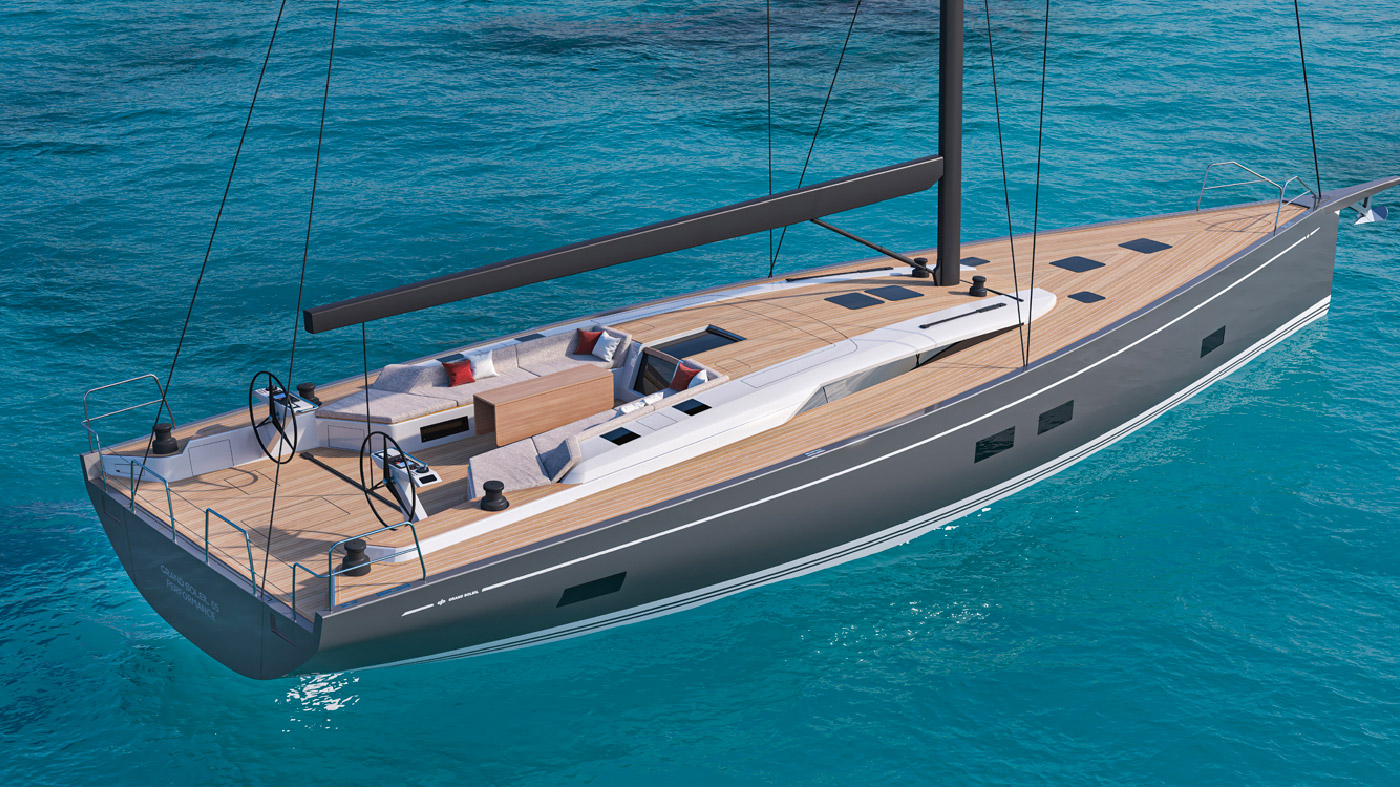Weather reports indicated a 18-knot south-east wind, 
So, we decided to leave from Viareggio and head for Portovenere, knowing we would have to face increasingly steeper waves and a highly demanding crossing in southern and libeccio winds. The first step of a crossing with a bad, yet not terrible, weather forecast was therefore closed by the decision to sail off. The observation of natural phenomena played a key role in our decision-making process: at 7.00 there was just a light south wind blowing, the sea was slightly rough and there was no sign of storms.
Once we were out of the port, we sailed about half a mile along the coast in order to avoid the barrier which extends from the outer breakwater of the port of Viareggio northwards and we finally headed for the Gulf of La Spezia. After about 20 minutes, a large western front began to emerge, with dark, low clouds and an increasingly stronger south-east wind. The risk of sailing in strong winds, heavy rainfall, lighting and reduced visibility was highly concrete.

That’s, in our opinion, the only possibile decision to take when – because of a miscalculation or false weather forecasts – bad weather surprises us at sea. On the morning of the last November 5th, the development of the weather events was textbook: the south-east wind got quickly stronger, then it calmed down and, after a few minutes, it reversed direction and got stronger again, reaching 40 knots. Visibility was seriously reduced by a highly heavy rainfall. Far from being a simple summer storm, the phenomenon was intense, accompanied by an increasingly choppier sea and strong wind.
How to stay safe in heavy weather sailing?
We’ve already talked about heavy weather sailing. Well, the measures to be adopted in the event of a stronger storm are almost the same. The only difference is that adverse weather conditions require more resistance, both in physical (cold and fatigue are the major enemies in this case) and psychological terms ( stress levels are elevated especially during the first phase and drop only when the worst is over).
As for the second aspect, the chance to face heavy weather sailing with greater or lesser calmness depends on the conditions our “unit” is in. In this case, the term “unit” not only refers to our boat but to a group including at least three elements: the captain’s expertise and experience, the crew’s preparation, the overall conditions of the boat and its equipment.
Of course, all these parameters need to be checked sufficiently in advance. Being aware of the real skills of the person who is in charge of both the boat and crew is an essential element which plays a key role in the decision on whether or not leave. Anyway, when a squall is predicted, it’s better to wait for better weather conditions; in the case of unexperienced crew, giving up leaving is an act of responsibility.
As for the boat’s conditions, these should be always checked, regardless of the weather conditions. So, it is important that everything on board is ok, including mast, rigging, deck equipment, blocks, stoppers, turnbuckles, engine and batteries. Being sure that our “unit” is in good conditions contributes to reduce our stress level to the benefit of our decision-making capability.
Preparing the boat and crew
Before heavy weather reaches us, we have a lot to do aboard. Having prepared the boat, now think of preparing the crew.
First of all, all crewmembers should put on belts and lifejackets and should be fastened to the jack line if working in the cockpit. Make sure that your crew knows the exact location of all the safety equipment and how to use the Vhf radio. If someone is susceptible to seasickness, probably it’s late now, but he should take his seasickness medication immediately.

Check all rig fittings are secure, including carriages, mainsail fittings and the jib. If anything is missing or broken, replace it if possible.


























